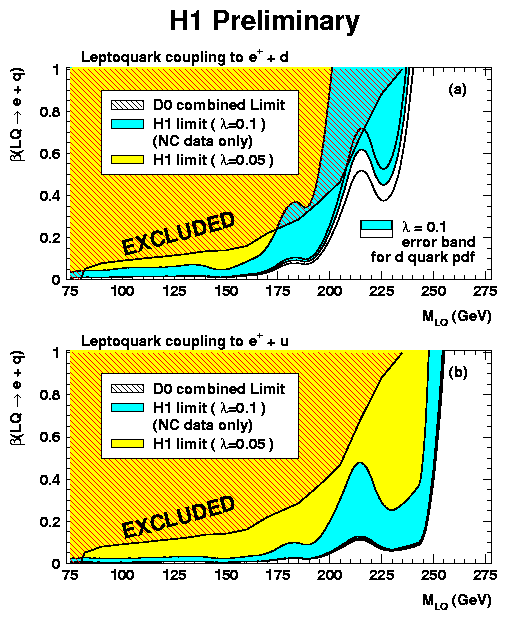Events with Isolated Leptons and Missing Transverse Momentum
- In the positron-proton data, 6 events were found with a hadronic final
state and an isolated lepton which do not show the typical configuration
of deep inelastic scattering processes. In 1 event an electron is found, the
other 5 events have a muon.


